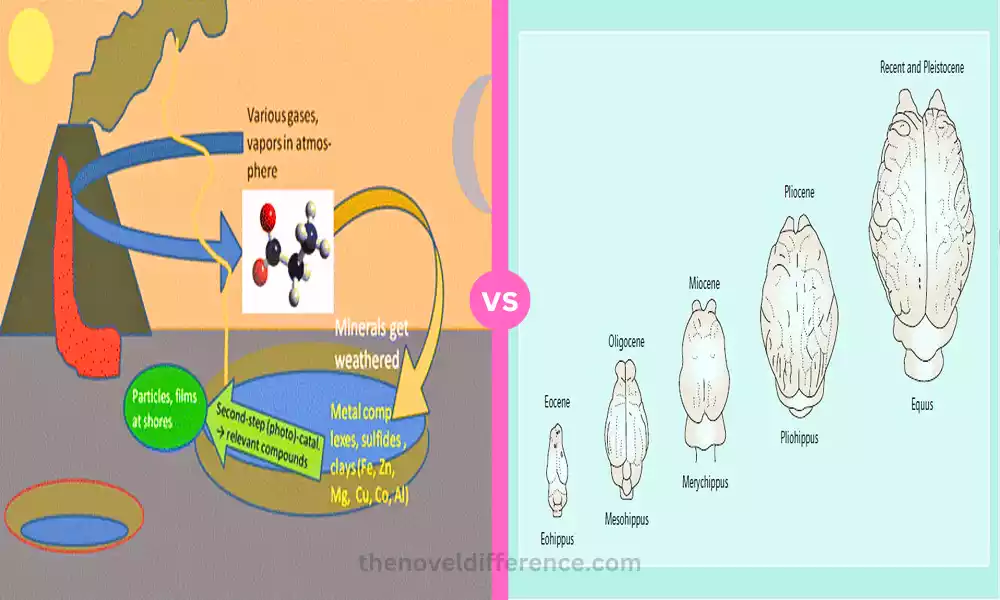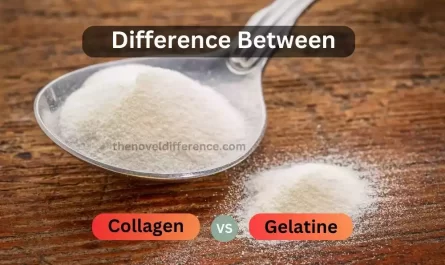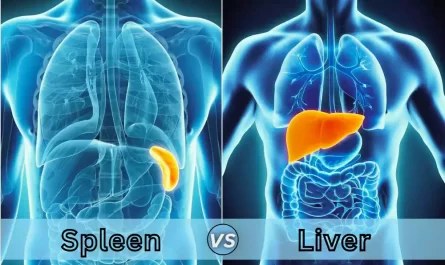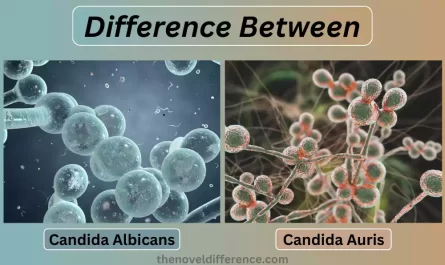The difference between Chemical and Organic Evolution is that chemical evolution occurs due to changes in the structure of molecules. There is biological evolution over time, from complicated molecules to simple molecules, and changes in the genetic makeup of organisms in response to environmental changes.
The difference between chemical and biological evolution can be easily described based on the factors that change during Earth’s evolution. During chemical evolution, organic molecules undergo various stages of change, increasing the complications of organic molecules.
During biological evolution, chemical evolution preceded biological evolution, in which individual species undergo gradual changes over generations.
Importance of Chemical Evolution
Chemical evolution is of great importance to our understanding of the origin of life and the fundamental processes that led to the emergence of life on Earth. Investigates the conditions and reactions that occurred during the prebiotic phase of our planet’s history.
Chemical evolution provides insight into how simple molecules were transformed into the complex organic compounds necessary for life. This knowledge not only sheds light on the possibility of life originating from non-living matter but also informs our search for extraterrestrial life by helping us identify possible habitats and conditions that could support life on other planets.
Principles of chemical evolution contribute to advances in fields such as biotechnology and synthetic biology. Understanding self-assembly and molecular organization can inspire novel approaches to designing biomaterials, drugs, and other applications.
In short, the study of chemical evolution bridges the gap between chemistry and biology. Offers a foundational understanding of the complex processes that paved the way for the remarkable diversity of life we have today.
Importance of Organic Evolution
Biological evolution stands as the foundation of modern biology. Contributes to our understanding of the diversity, interconnectedness, and history of life on Earth. Explain the processes of species change over time.
Biological evolution not only provides a comprehensive framework for understanding the complex web of life but also provides invaluable insights into how organisms adapt to their environments.
This knowledge helps in fields ranging from medicine and agriculture to ecology and conservation. and Helps us develop strategies to fight disease. and help increase crop productivity and protect threatened species.
The significance of biological evolution extends beyond its practical applications. Because it enriches our understanding of our own place within the natural world. and fosters a deeper appreciation for the complex processes that have shaped the wondrous diversity of life.
So, organic evolution serves as a unifying principle. which connects different branches of science. Motivates ongoing research and exploration to unravel the complexities of life past and present. as well as guide our understanding of its likely future trajectory.
What is Chemical Evolution?
Chemical evolution refers to the process by which simple chemical compounds, such as amino acids, nucleotides, and other organic molecules, are gradually formed. and evolve into more complex molecules. which eventually leads to the origin of life.
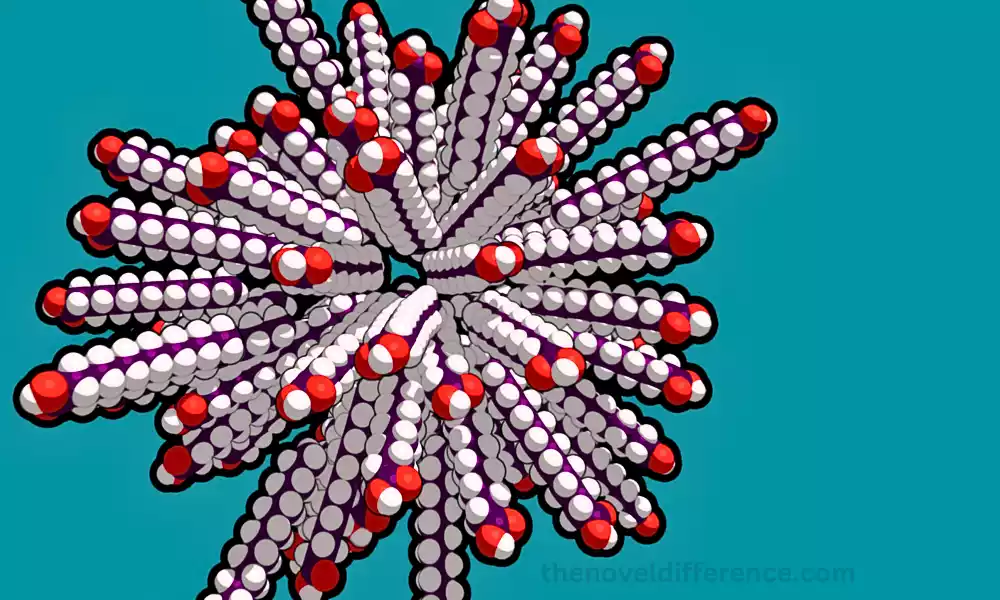
This concept focuses primarily on the prebiotic stage of Earth’s history before the first living organisms appeared. The concept of chemical evolution is central to understanding how life could have arisen from non-living matter under the conditions that prevailed on the early Earth.
It encompasses the various chemical reactions, physical processes, and environmental factors that contribute to the formation of the building blocks of life.
What is Organic Evolution?
Biological evolution is also known as biological evolution or simply evolution. Refers to the process by which living organisms on Earth have gradually changed over time. This results in the diversity of species that exist today.

This concept is driven by the processes of natural selection, genetic variation, and inheritance. Biological evolution explains how species adapt to their environment, develop new traits, and create new species through processes similar to speciation.
This is supported by a wealth of evidence from multiple fields, including paleontology, comparative anatomy, genetics, and molecular biology. All of which collectively contribute to our understanding of the relationships between different species and shared ancestry, which unites all life.
Difference Between Chemical and Organic Evolution
| Aspect | Chemical Evolution | Organic Evolution |
|---|---|---|
| Scope and Focus | Formation of simple organic molecules | Diversification and adaptation of living organisms |
| Time Scale | Billions of years before life’s emergence | From life’s inception to the present day |
| Primary Context | Prebiotic, and abiotic processes | Biological processes, natural selection |
| Mechanisms | Physical and chemical reactions | Natural selection, genetic drift, gene flow |
| Replication and Adaptation | Lacks self-replication and adaptation | Involves self-replication and adaptation |
| Key Molecules | Amino acids, nucleotides, simple sugars | DNA, RNA, proteins, complex organic molecules |
| Purpose and Outcome | Formation of building blocks for life | Diversification of species, origin of new species |
| Relationship | Sets the stage for organic evolution | Builds upon the molecular structures created during chemical evolution |
| Main Research Areas | Origin of life, prebiotic chemistry | Biodiversity, genetics, paleontology, ecology |
| Experimental Approach | Laboratory simulations, theoretical models | Observation, experimentation, and field studies |
| Significance | Fundamental for understanding life’s origins | Explains the diversity of life, adaptation, and evolution |
| Philosophical Implications | Addresses the transition from non-life to life | Explores the complexity and interconnectedness of life |
| Technological Applications | Influences biotechnology, synthetic biology | Informs medicine, agriculture, conservation |
| Unanswered Questions and Debates | The transition from non-life to life, the emergence of self-replication | Mechanisms and rates of speciation, extent of human impact on evolution |
Keep in mind that these categories may overlap in some cases, as the two types of evolution are interrelated in their contributions to the development and diversity of life on Earth.
Chemical Evolution: Building Blocks of Life
Chemical evolution lays the groundwork for the emergence of life by addressing the formation of the fundamental building blocks necessary for living organisms. These building blocks include various organic molecules that serve as the basis for more complex biological structures.
Here are some key building blocks of life that arise from chemical evolution:
- Amino Acids: Amino acids are the essential components of proteins, which are crucial for various biological functions such as catalyzing reactions, providing structural support, and facilitating communication within cells. Chemical evolution processes, like the Miller-Urey experiment, have demonstrated that amino acids can form under conditions simulating the early Earth’s environment.
- Nucleotides: Nucleotides are the building blocks of nucleic acids, including DNA and RNA, which store and transmit genetic information. Chemical evolution is thought to have played a role in the formation of nucleotides, which consist of a sugar molecule, a phosphate group, and a nitrogenous base.
- Simple Sugars: Simple sugars, or monosaccharides, are the basic components of carbohydrates. These molecules serve as an energy source and also play roles in cell structure and communication. Chemical evolution processes could have led to the formation of simple sugars like glucose and ribose.
- Fatty Acids: Fatty acids are the building blocks of lipids, which are essential components of cell membranes. They also function as energy storage molecules. Chemical evolution could have contributed to the formation of fatty acids, leading to the development of lipid bilayers and protocell-like structures.
- Amino Acid Polymers (Peptides): Through polymerization, amino acids can join together to form peptides and proteins. These polymers play diverse roles in living organisms, from enzymes that catalyze biochemical reactions to structural proteins that provide support.
- Nucleic Acid Polymers: Nucleotides can polymerize to create nucleic acids like RNA and DNA. These polymers store genetic information and provide templates for the synthesis of proteins and other molecules critical to life.
- Complex Organic Molecules: Chemical evolution contributes to the formation of more complex organic molecules beyond amino acids and nucleotides. These molecules could include precursors to vitamins, cofactors, and other compounds necessary for various metabolic pathways.
- Protobionts and Simple Cellular Structures: Chemical evolution can also lead to the formation of protobionts, which are hypothetical precursors to cells. These protobionts might exhibit some properties of life, such as compartmentalization and simple metabolic processes, setting the stage for the transition from non-life to life.
Understanding how these building blocks emerge from simple chemical reactions helps us unravel the processes that led to the complexity of life. While chemical evolution doesn’t explain all the intricacies of living organisms, it provides a crucial foundation for the subsequent stages of evolution that culminated in the diversity of life forms we see today.
Organic Evolution The Diversity of Life
Organic evolution, often simply referred to as evolution, encompasses the process by which living organisms have diversified and changed over time, resulting in the tremendous variety of species and forms of life that exist today. It’s a central concept in biology that explains how populations of organisms adapt and change in response to their environments and how new species arise through mechanisms such as natural selection, genetic drift, and gene flow.
Here are the key aspects of organic evolution related to the diversity of life:
- Genetic Variation and Heritability: The foundation of organic evolution lies in the genetic variation within populations of organisms. Genetic diversity arises through mutations, recombination, and other genetic processes. Traits that have a heritable basis can be passed down from one generation to the next, setting the stage for evolutionary change.
- Natural Selection: Charles Darwin’s theory of natural selection is a central mechanism of organic evolution. It states that organisms that possess advantageous traits in a given environment are more likely to survive and reproduce, passing on those traits to their offspring. Over time, this process leads to the accumulation of traits that enhance an organism’s fitness within its environment.
- Adaptive Radiation: Adaptive radiation occurs when a single ancestral species gives rise to multiple descendant species, each adapted to different ecological niches. This process leads to the diversification of species and their adaptations to a wide range of habitats and lifestyles.
- Speciation: Speciation is the process by which new species form. It occurs when populations of the same species become genetically isolated from each other and accumulate enough differences over time that they can no longer interbreed to produce fertile offspring.
- Divergent and Convergent Evolution: Divergent evolution occurs when related species evolve different traits due to occupying different ecological niches. Convergent evolution, on the other hand, describes the process by which unrelated species evolve similar traits due to similar environmental pressures.
- Homology and Analogous Structures: Homologous structures are similar in form and function due to shared ancestry, even if they have different functions in different species. Analogous structures have similar functions but arise independently in different lineages due to similar environmental demands.
- Fossil Record: The fossil record provides evidence of evolutionary changes over time. Fossils of extinct species and transitional forms offer insights into the history of life and the gradual development of new traits.
- Molecular Evidence: Molecular biology has revealed significant insights into organic evolution. DNA sequencing and molecular comparisons provide information about genetic relationships among species and the timing of evolutionary events.
- Gene Flow and Genetic Drift: Gene flow occurs when genetic material is exchanged between populations, maintaining genetic diversity. Genetic drift is the random change in allele frequencies within a population due to chance events, especially in small populations.
- Continuation of Evolution: Evolution is an ongoing process that occurs over long time scales. As environments change and new challenges arise, organisms continue to adapt and evolve to ensure their survival and reproductive success.
Understanding the diversity of life through the lens of organic evolution helps scientists comprehend the interconnectedness of species, the mechanisms that drive change, and the ways in which life on Earth has adapted to a wide array of environments. It also contributes to our understanding of biodiversity, ecological relationships, and the intricate web of life that sustains our planet.
Final Word
The Difference Between Chemical and Organic Evolution underscores the intricate journey life has taken from its humble beginnings. Chemical evolution’s patient formation of molecular building blocks sets the stage for organic evolution to sculpt diverse life forms. While they differ in scope, mechanisms, and timeframes, these two processes remain interconnected, contributing to the awe-inspiring tapestry of life on Earth.

